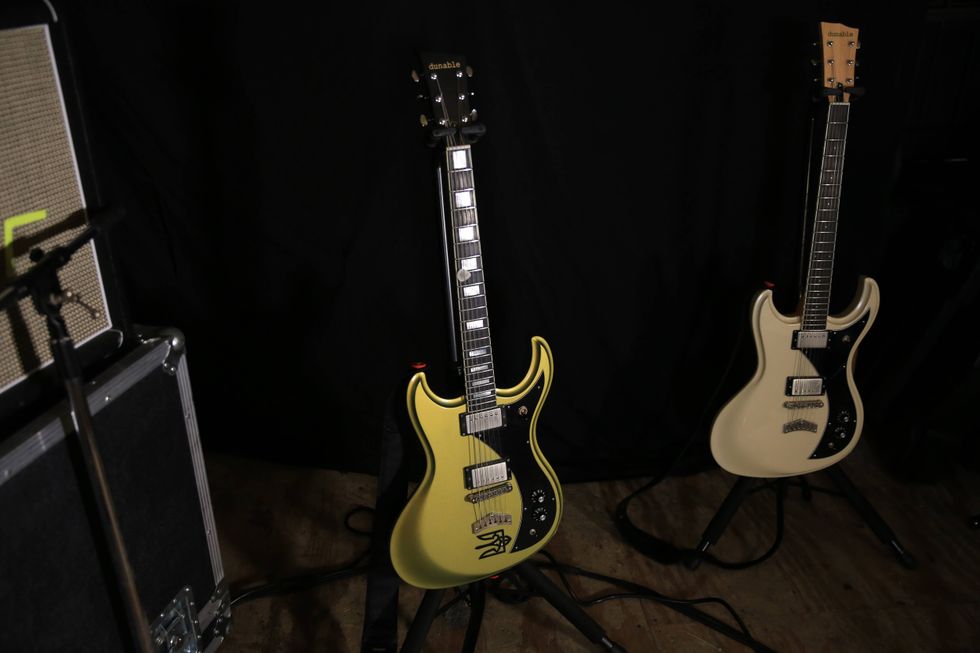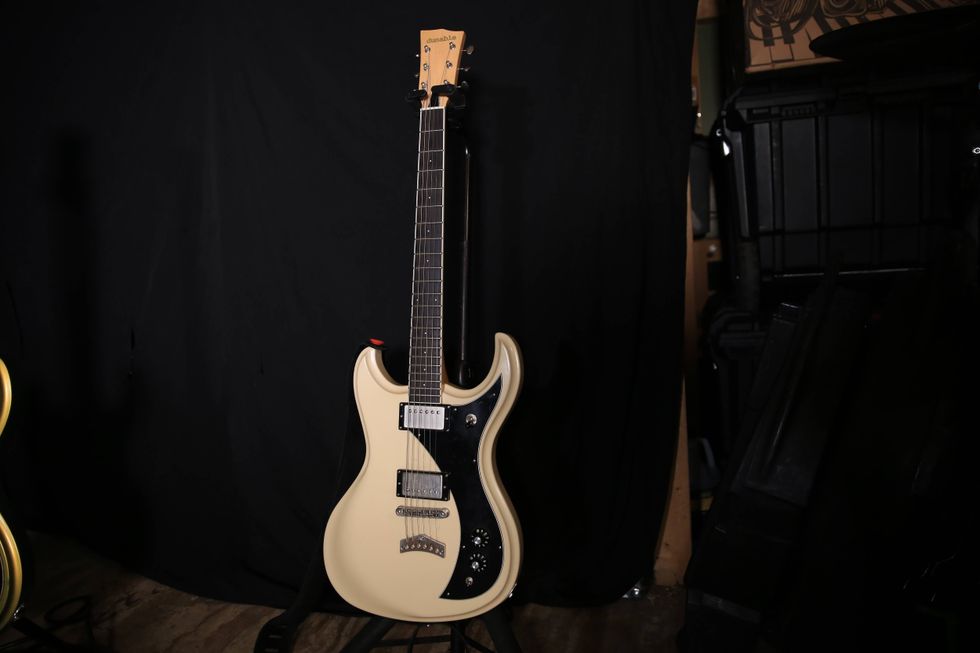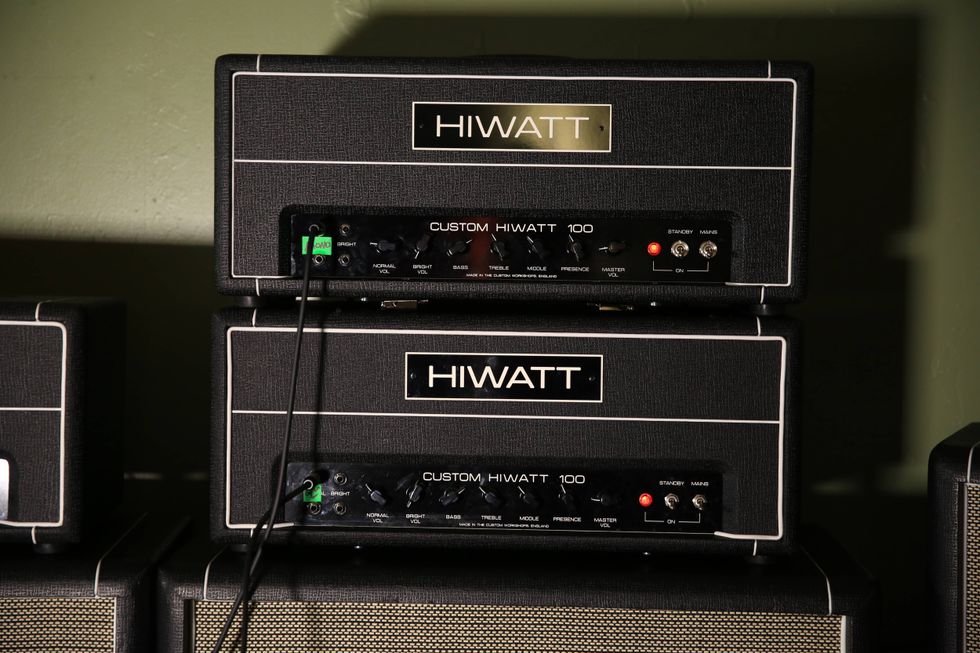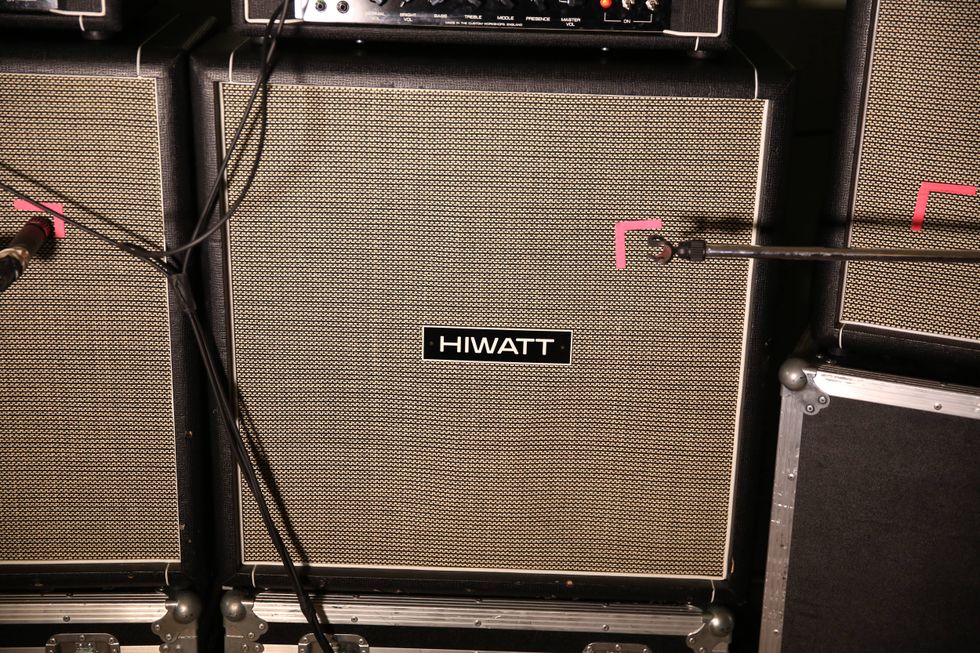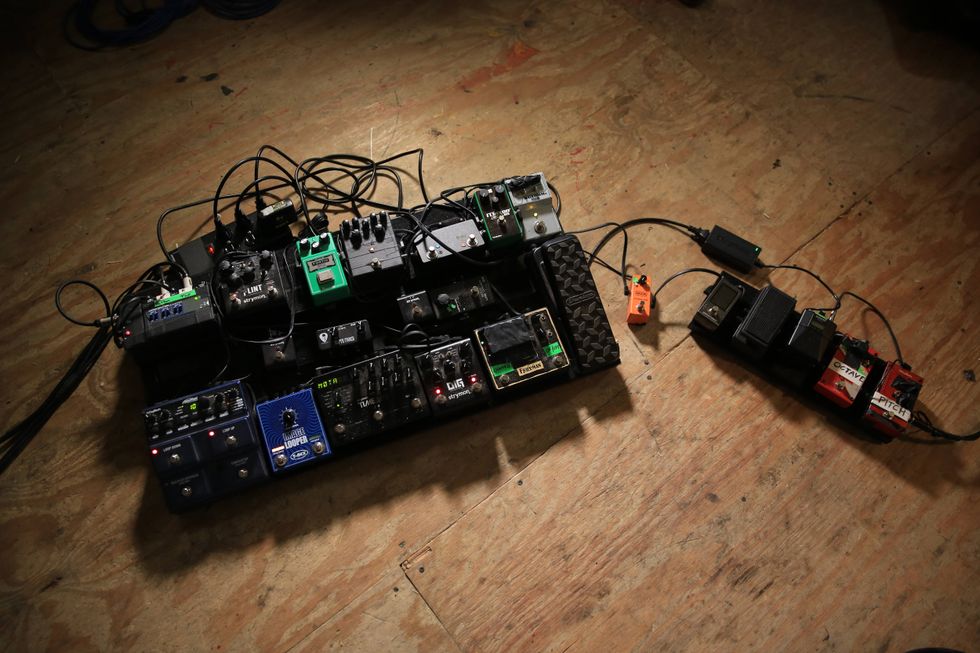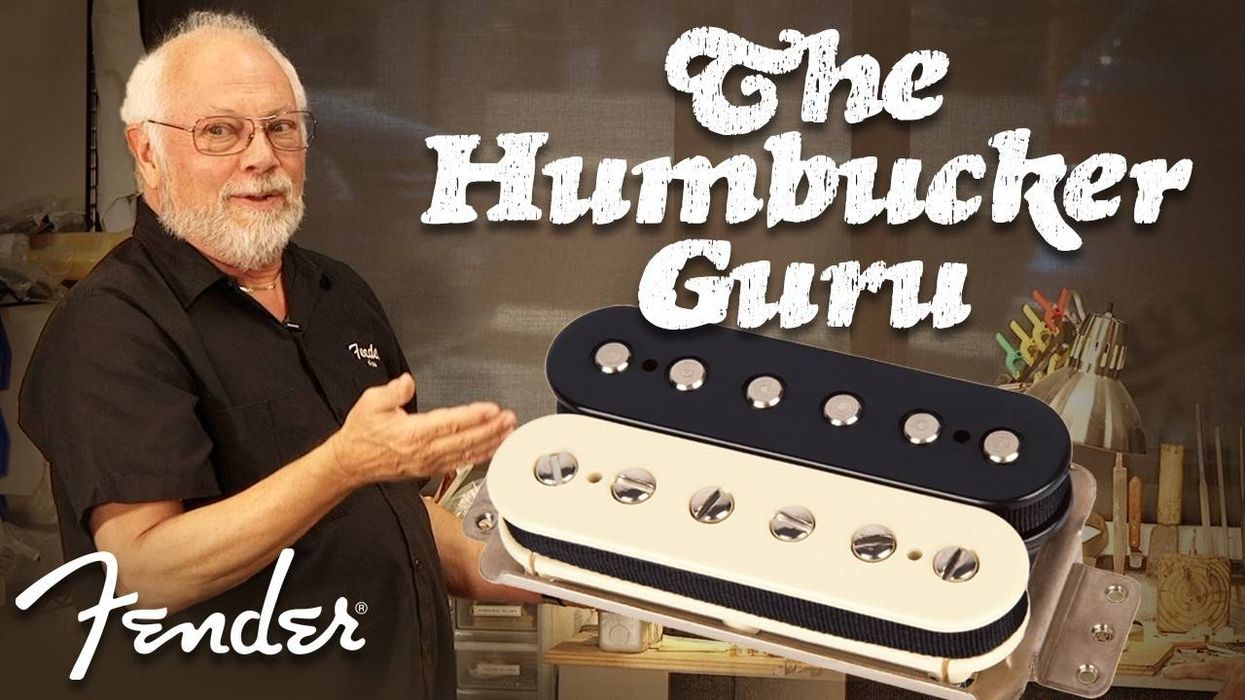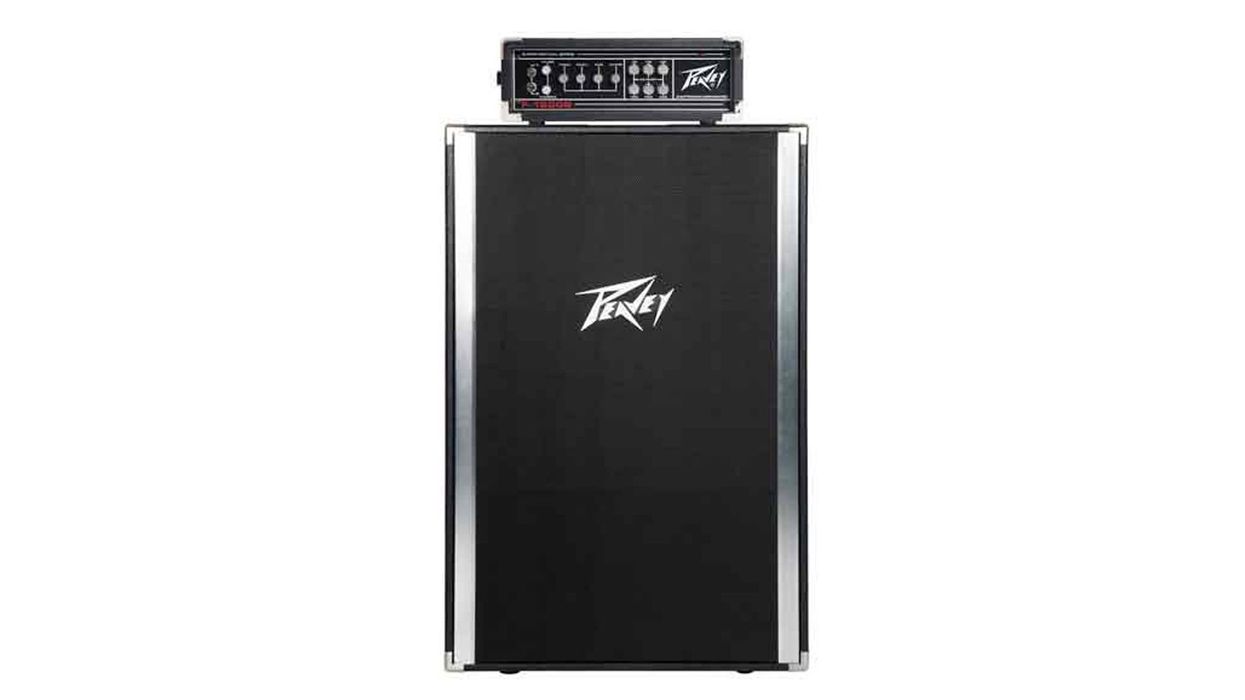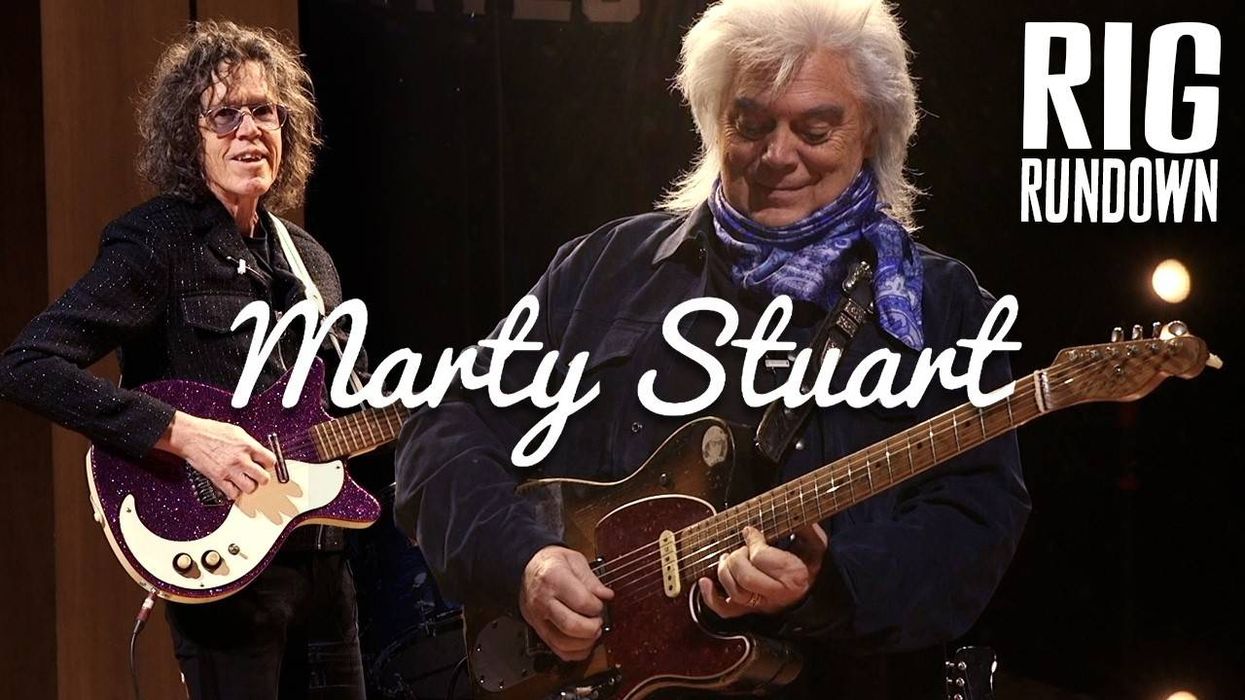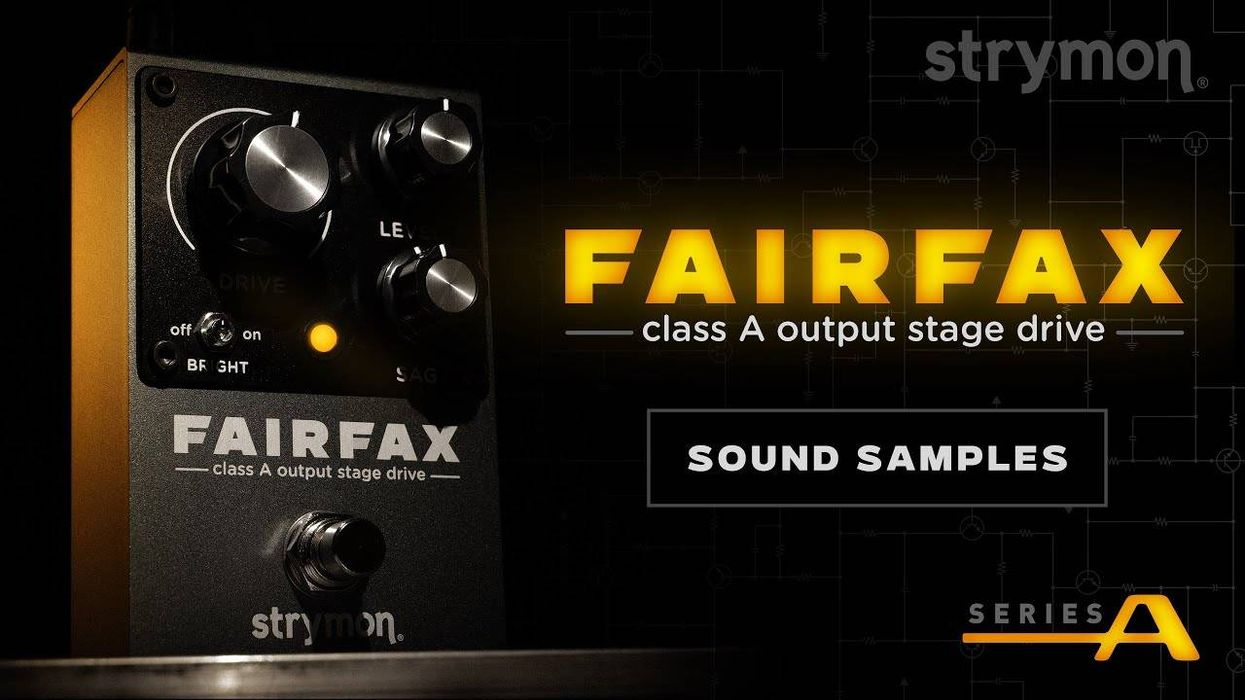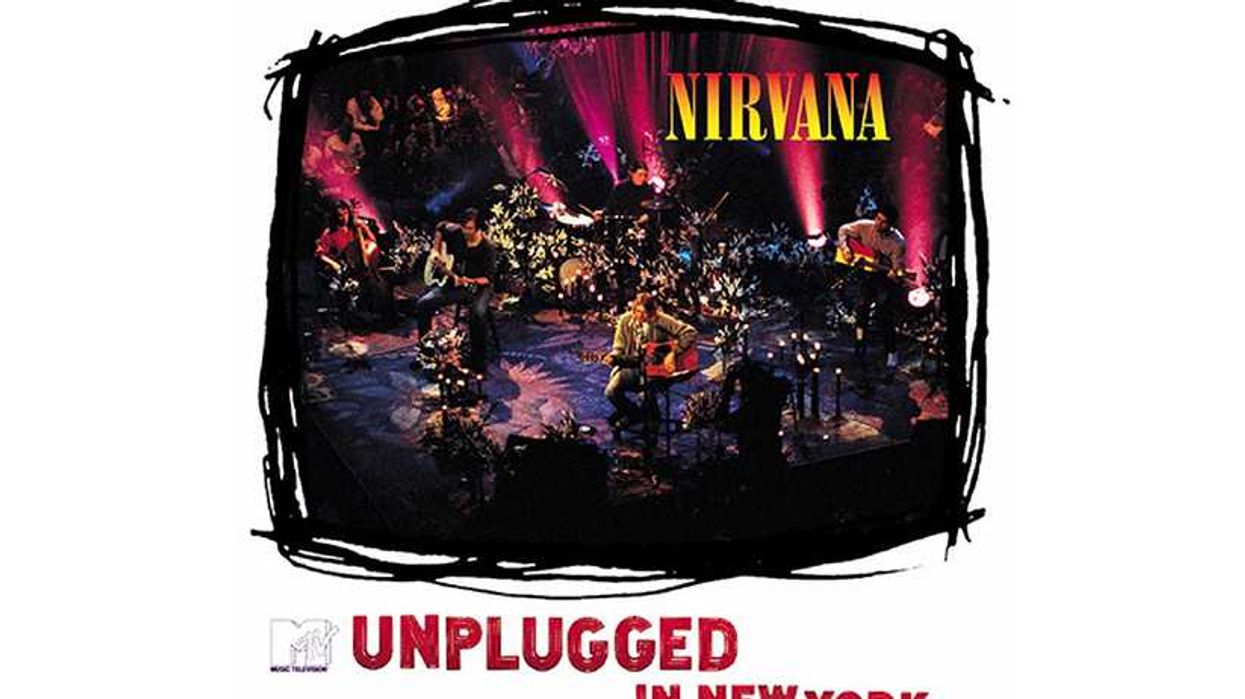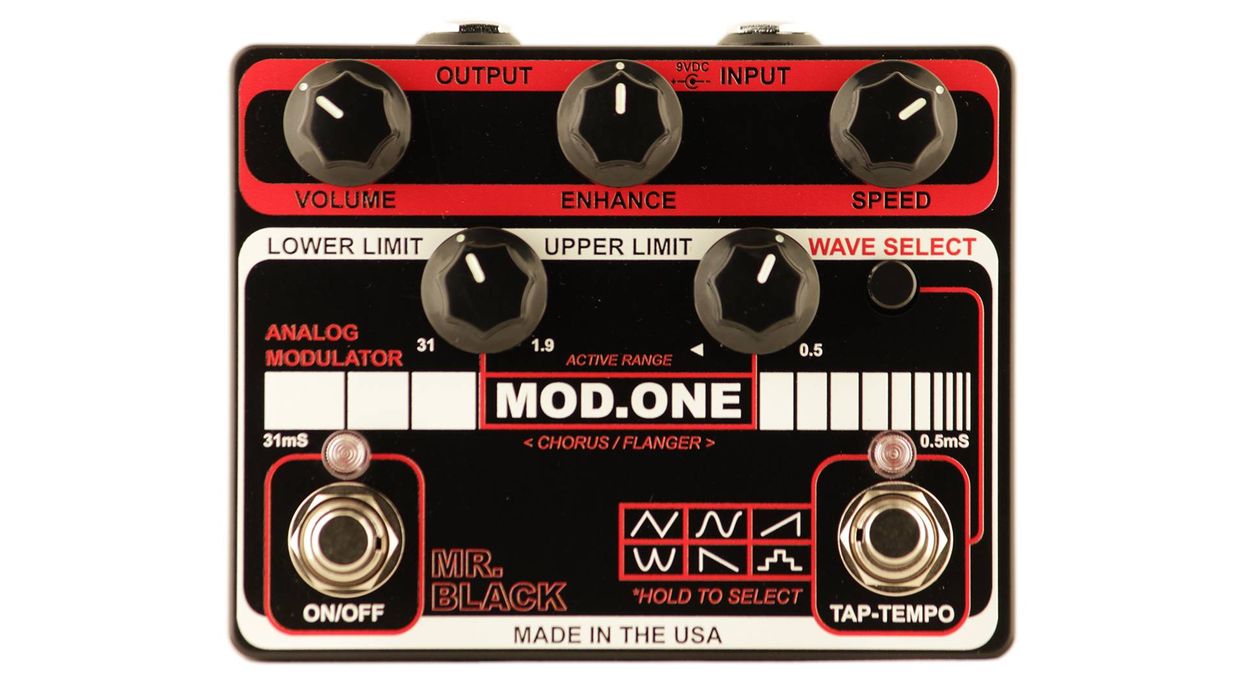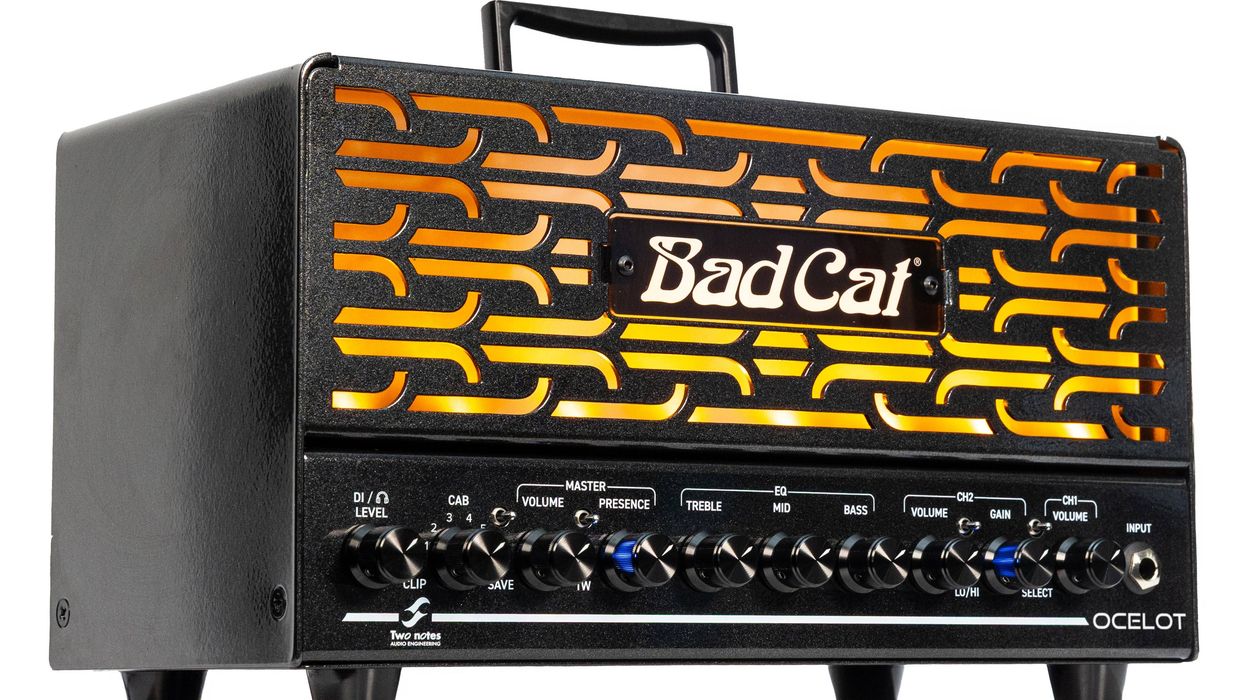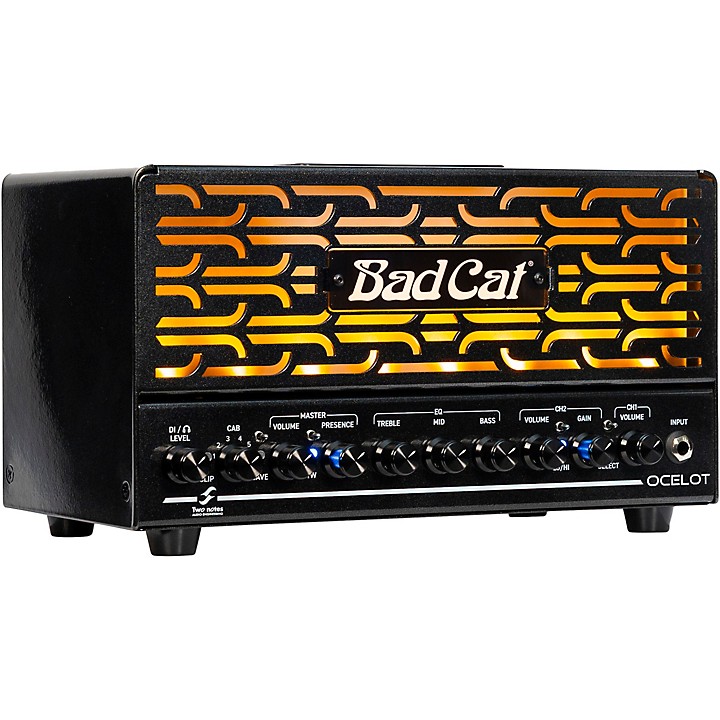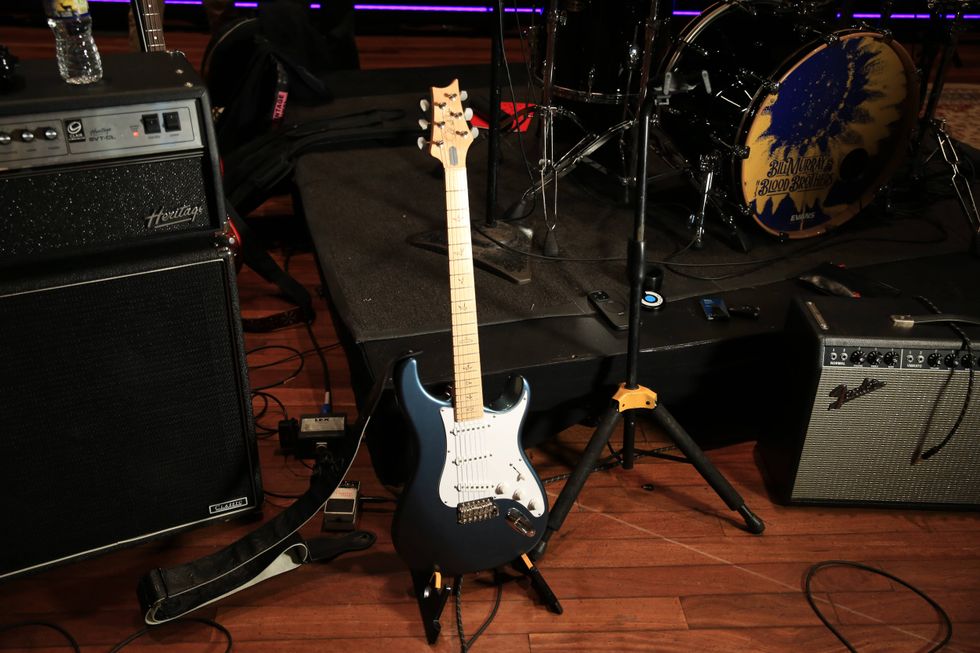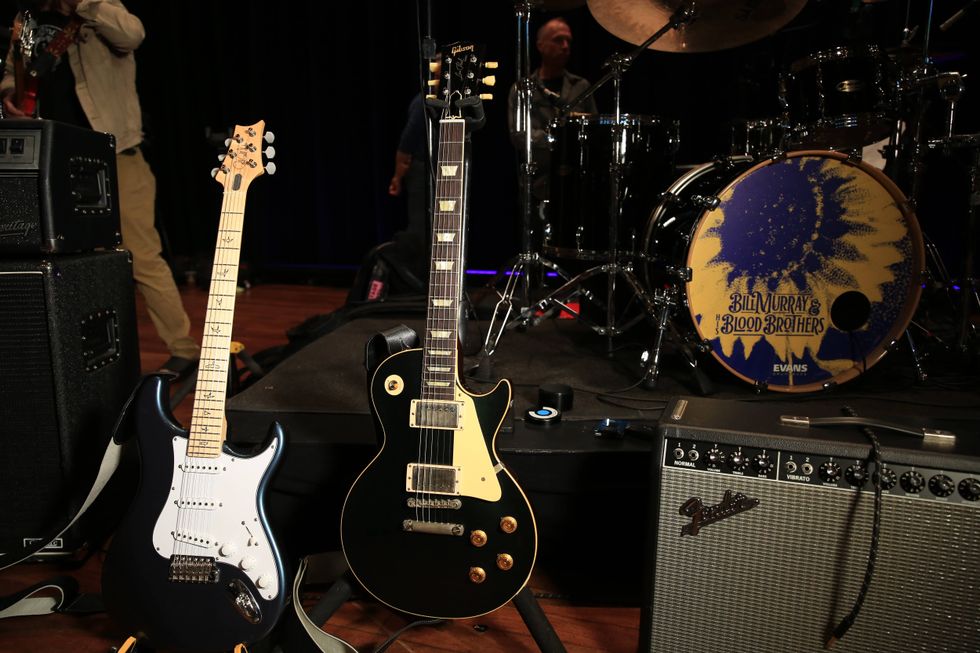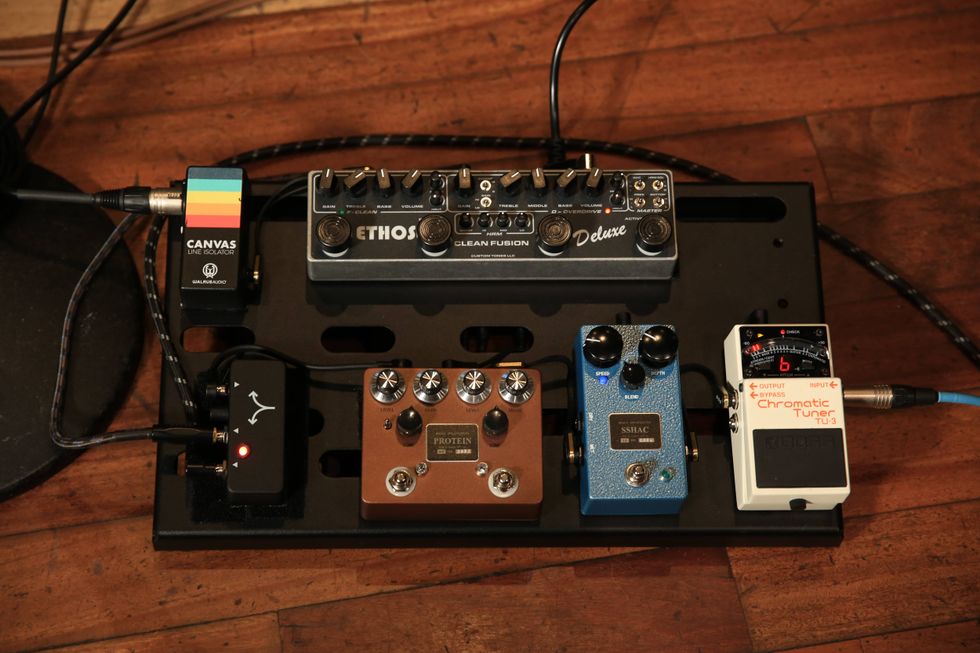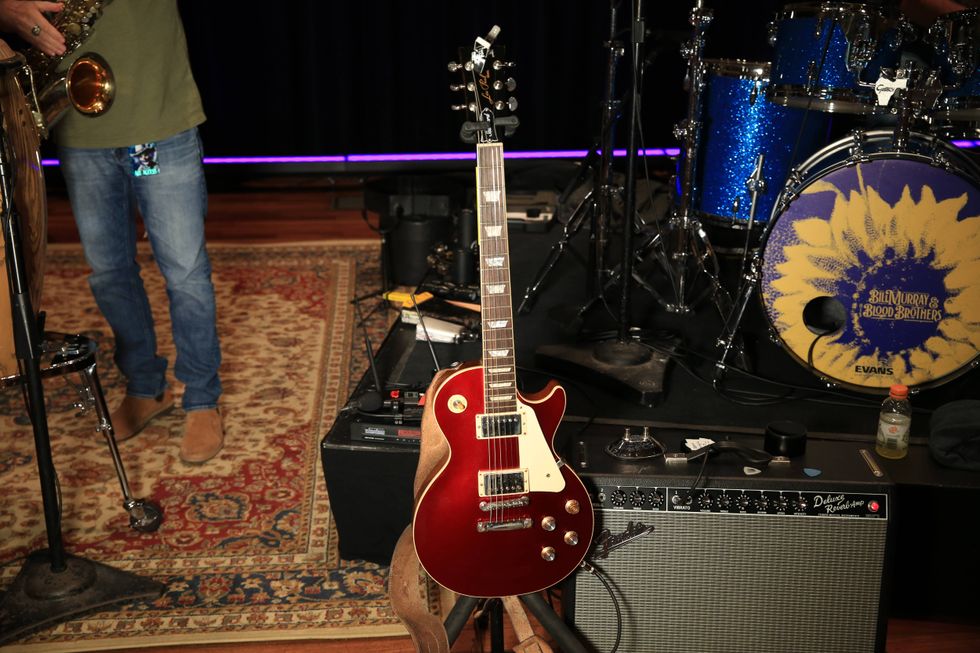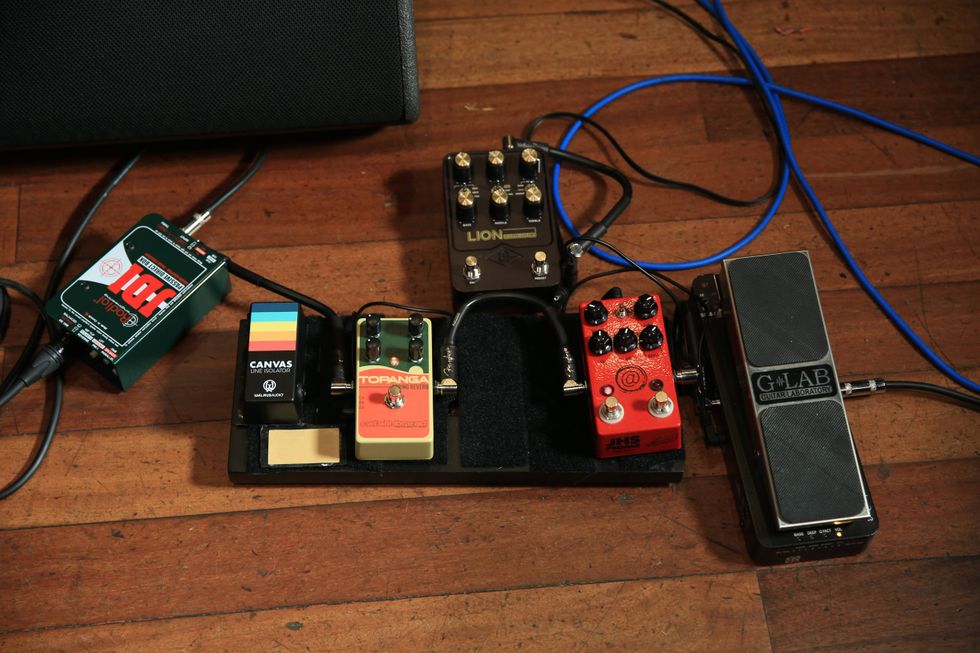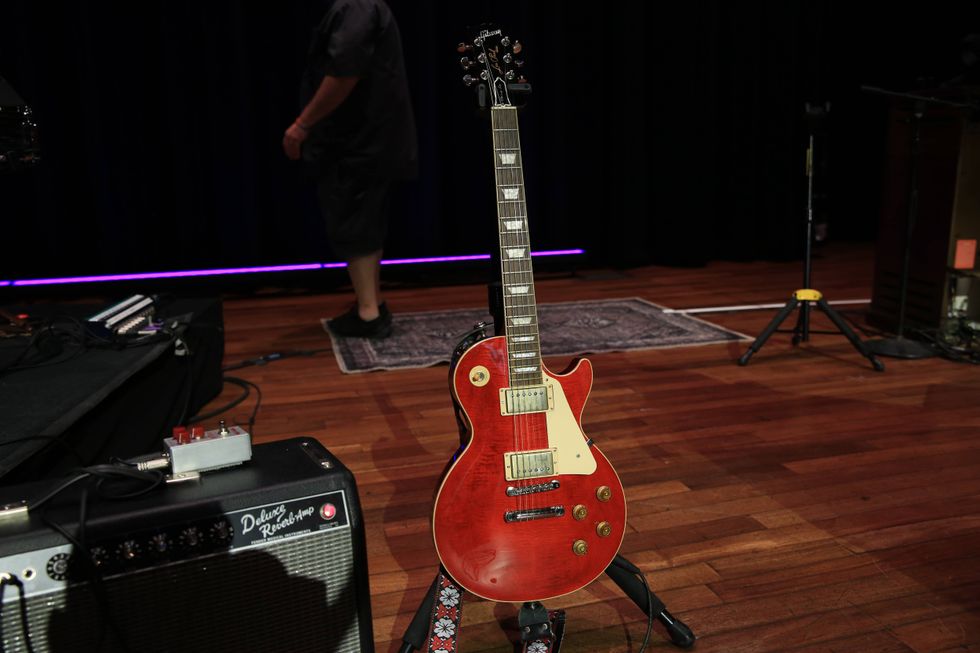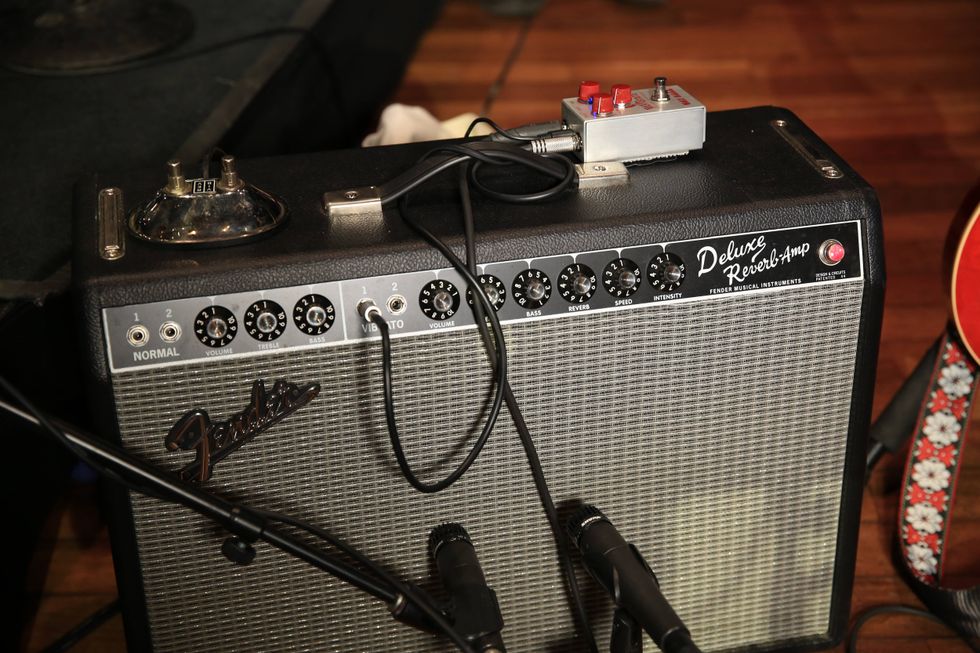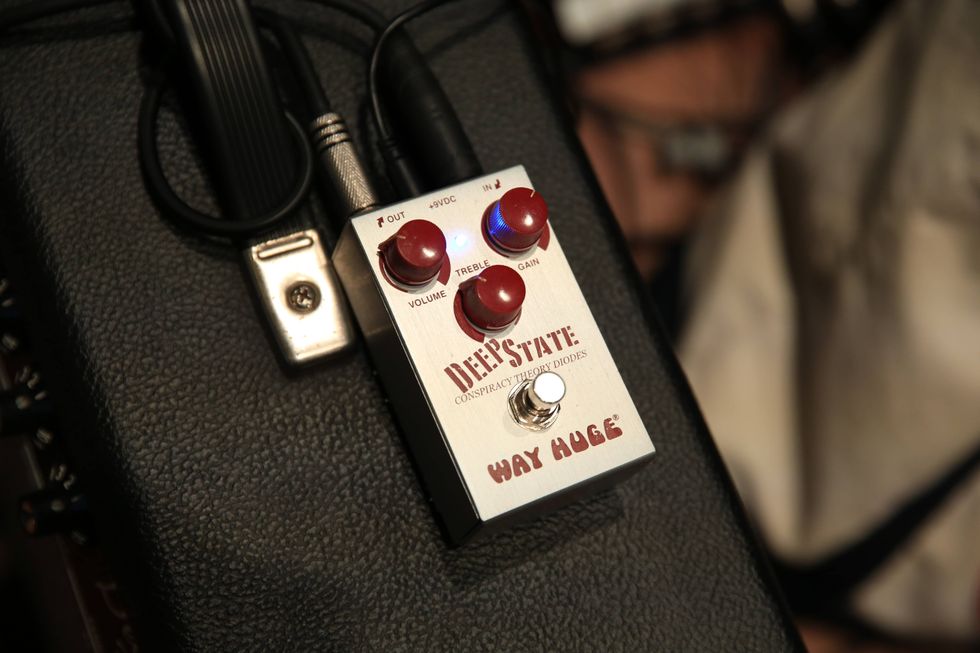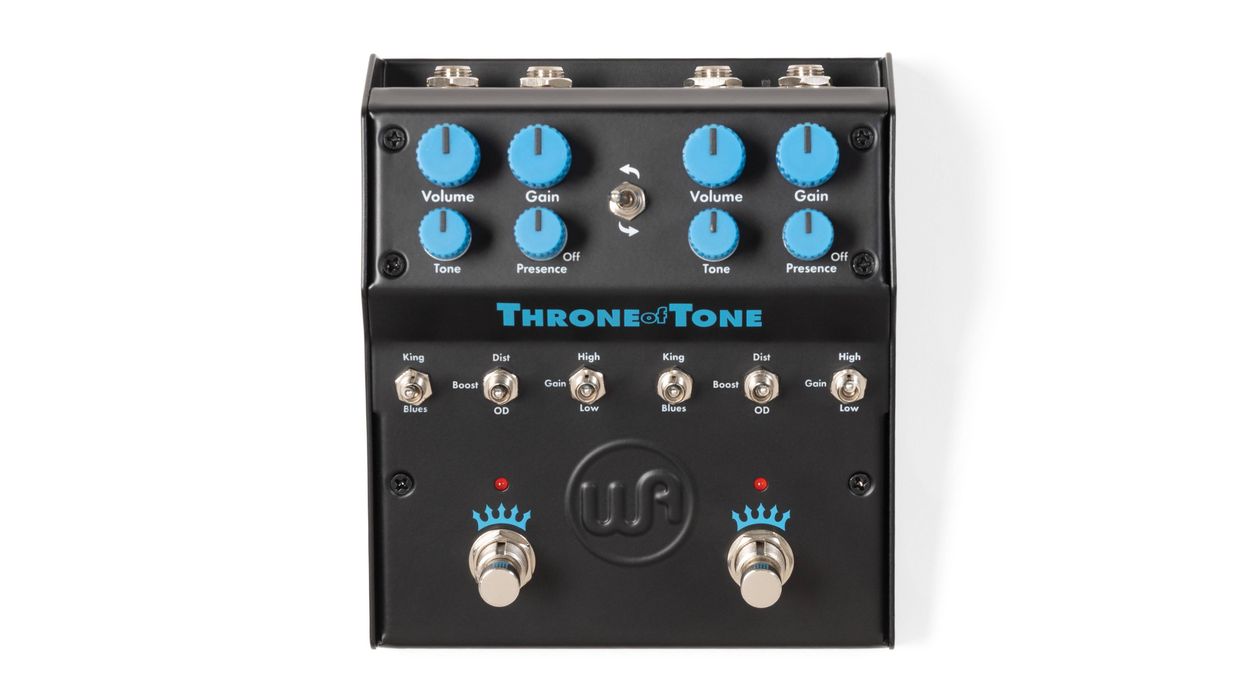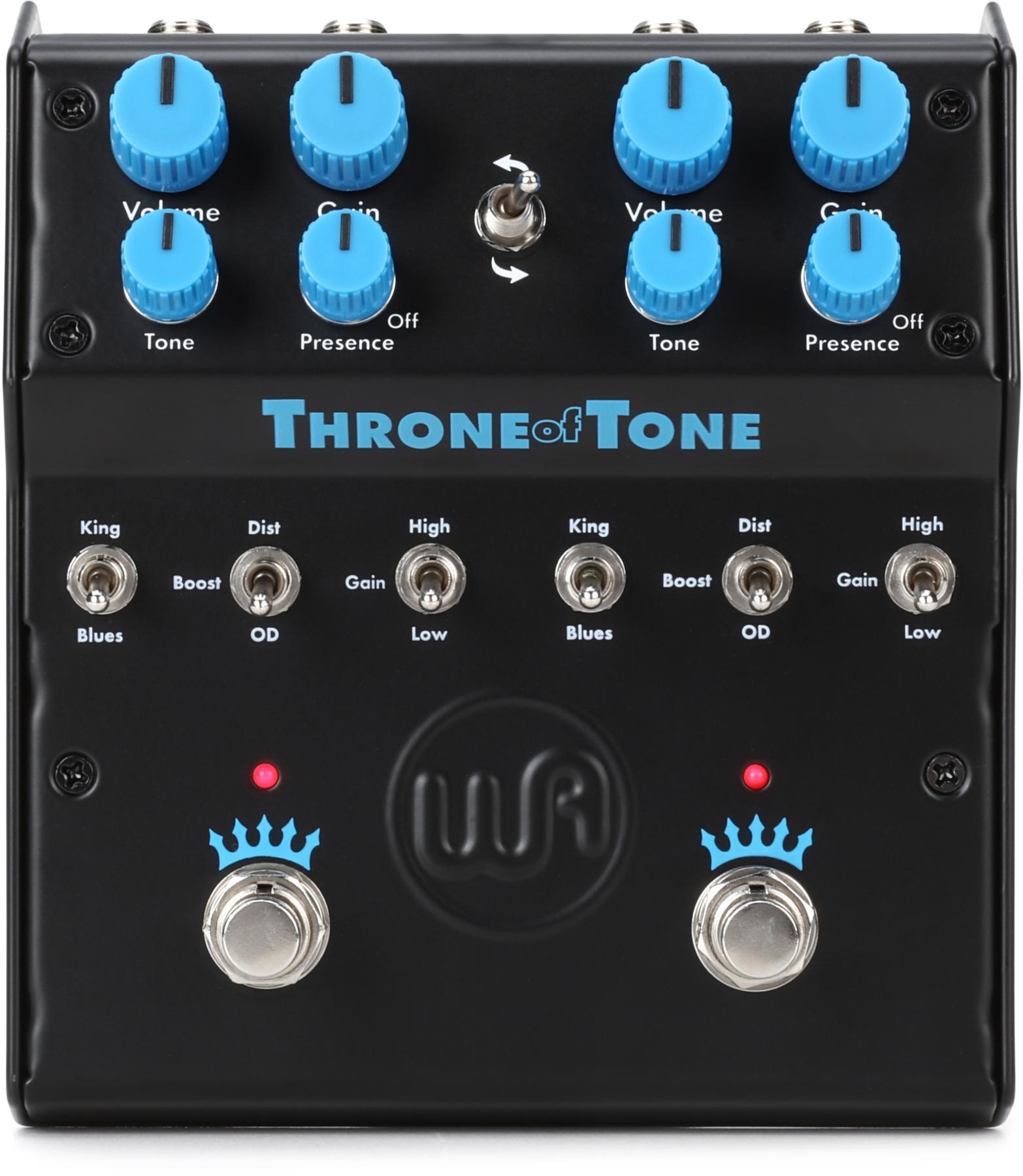Tube Screamer clones and versions have come and gone over the years, but few have been specifically tailored to heavy players quite like the OD808X Overdrive Extreme. Metal and hard rock guitarists have long used 808-style pedals to tighten up their tones, and the OD808X is designed to deliver extra clarity and definition to boosted high-gain sounds.
Tried and True
The OD808X uses the same control configuration you’d see on any basic Tube Screamer—knobs for overdrive, volume, and tone. But the OD808X is re-voiced for a much more aggressive character, a wider frequency range in the tone controls, and an additional 5 dB of volume. The pedal uses a buffered bypass circuit and accepts either a single 9V battery or a 9V DC power adapter.
The Fury and the Fire
The OD808X’s pick responsiveness and dynamics are impressive. Hooked up to a Gibson Les Paul Custom and a Soldano Hot Rod 50, the OD808X added smooth overdrive to the amp’s clean channel output. But the pedal also gets clean at lower guitar volumes while retaining a lot of the tight low end and crisp, airy highs you hear at full roar.
Ratings
Pros:
Rich overdrive that doesn’t lose definition with cranked, grinding amps. Great low-gain tones. Responsive.
Cons:
Highs can be excessively sharp due to its expanded tonal range.
Tones:
Ease of Use:
Build/Design:
Value:
Street:
$159
Maxon OD808X Overdrive Extreme
maxonfx.com
For all the extra gain, the OD808X is pretty transparent. Even at its highest gain settings, the naturally dark voicing of my Les Paul rang through loud and clear with just a trace of extra edge in the high end—which was easily remedied by a quick adjustment to the pedal’s tone control or the amp’s treble knob.
Compared to a lot of high-gain overdrive pedals, the OD808X is still a relatively low-gain device. This is a good thing when boosting the front end of an amp that’s already overdriven. With the Soldano’s drive channel and the OD808X set at maximum volume, tone at noon, and the gain at 8 o’clock, I got more sustain, fatter midrange, and tighter lows—transforming the Soldano into a hulking thrash metal machine and making lead licks feel effortless. Turning up the pedal’s gain control gave my pick attack a more compressed feel without sacrificing note definition. And the fatter lows and upper mids were perfect for legato licks with the Les Paul’s neck pickup. Amazingly, the OD808X does not add much noise at high-gain levels, making it an ideal booster for heavy styles dependent on chunky stop/start power chords.
The midrange that defines TS-style pedals for many is very present in the OD808X. Dialing the tone control through the 10 to 1 o’clock range gave me an extra bump in the midrange, which added significant presence to the Soldano’s Fender-like scooped midrange profile. And at lower pedal gain settings, the extra midrange yields a fat low-gain crunch and singing blues lead tones. The extra mids also made the pedal feel especially sensitive to pick dynamics. With the drive control cranked to the max, the extra midrange gave the Maxon/Soldano combo the brash presence of a Plexi mixed with the crispness of a Twin—an ideal combination that was perfect for unloading full Malcolm-style chords on the Les Paul’s lower registers.
The Verdict
The OD808X proves that even after three decades, there’s still plenty of room to tweak Maxon’s timeless 808 overdrive. The pedal is a fantastic tool for tightening the low end of a driven amplifier and adding top-end presence without excessively coloring the tone. It also delivers a pretty fantastic low-gain overdrive when used with cleaner tones. For players looking for an 808-style overdrive with a little extra “oomph,” the OD808X Overdrive Extreme is an excellent—even dangerous—way to go.




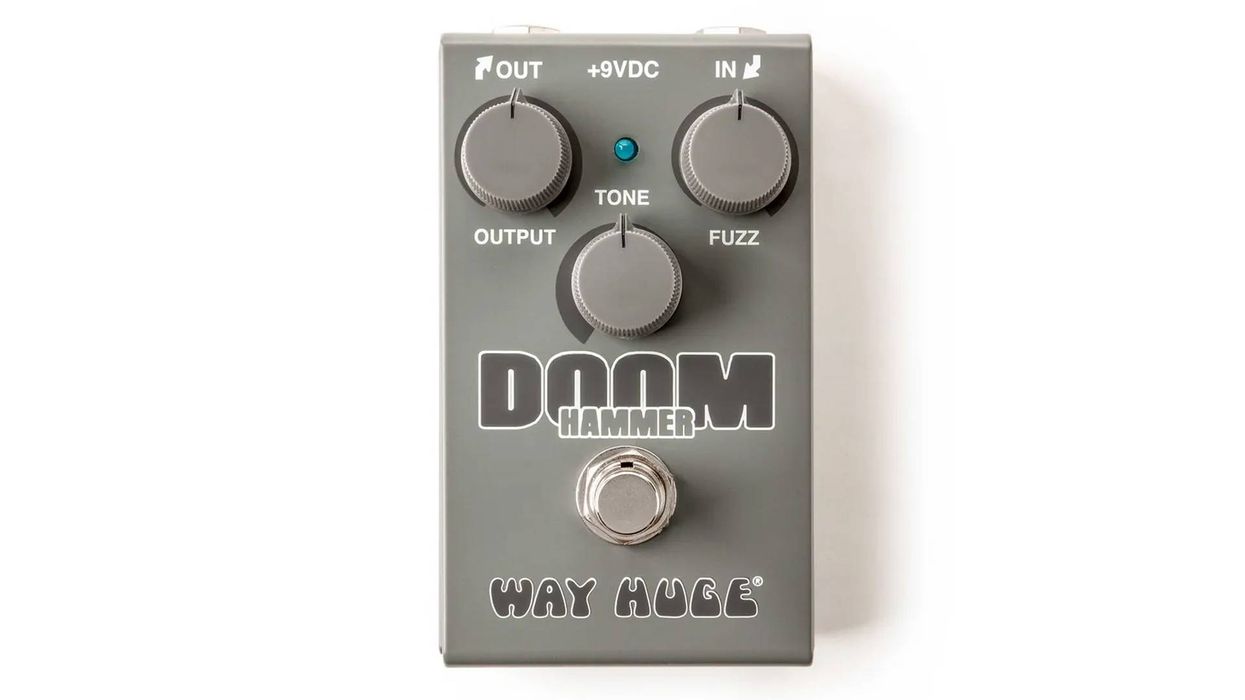
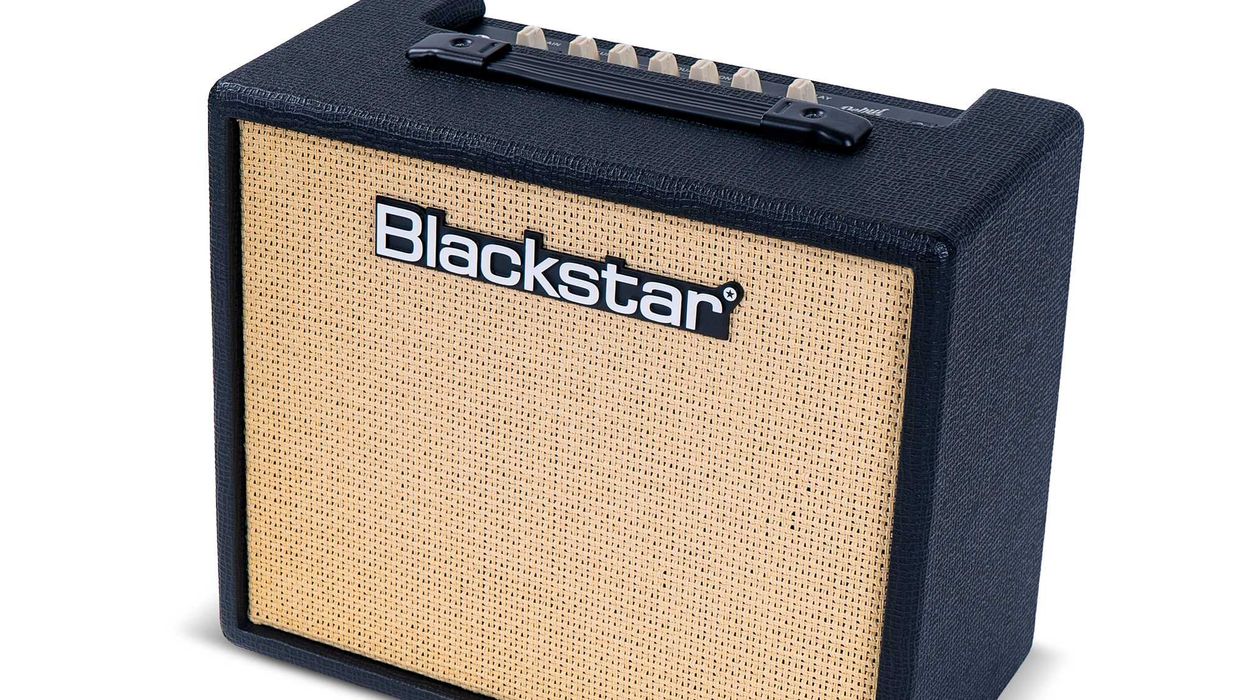
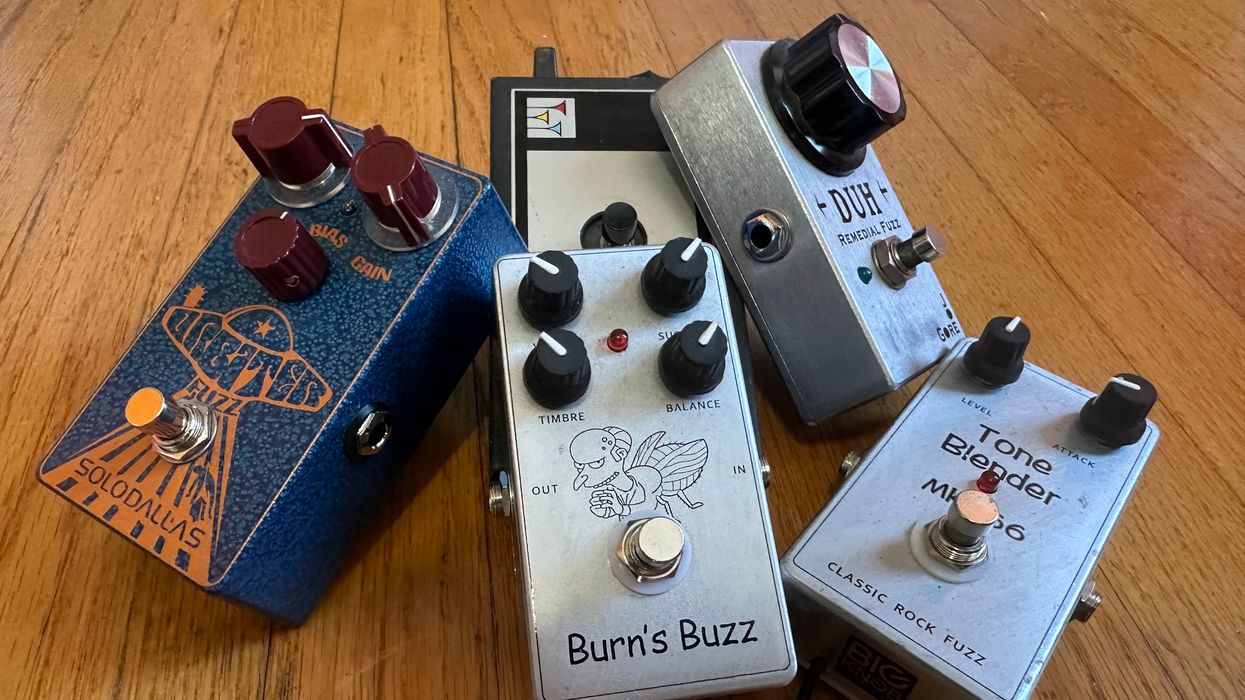

![Rig Rundown: Russian Circles’ Mike Sullivan [2025]](https://www.premierguitar.com/media-library/youtube.jpg?id=62303631&width=1245&height=700&quality=70&coordinates=0%2C0%2C0%2C0)
